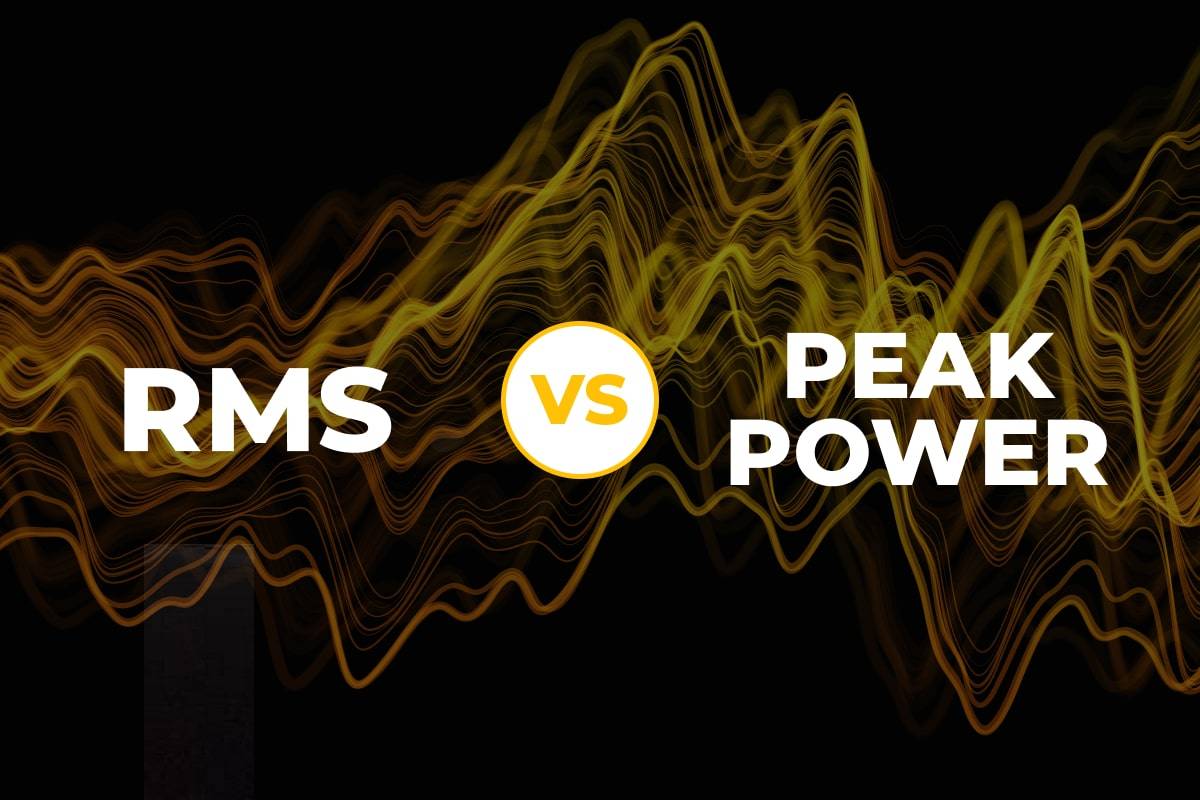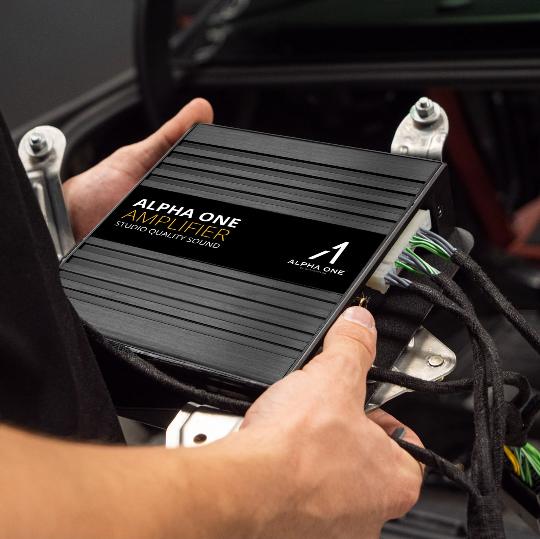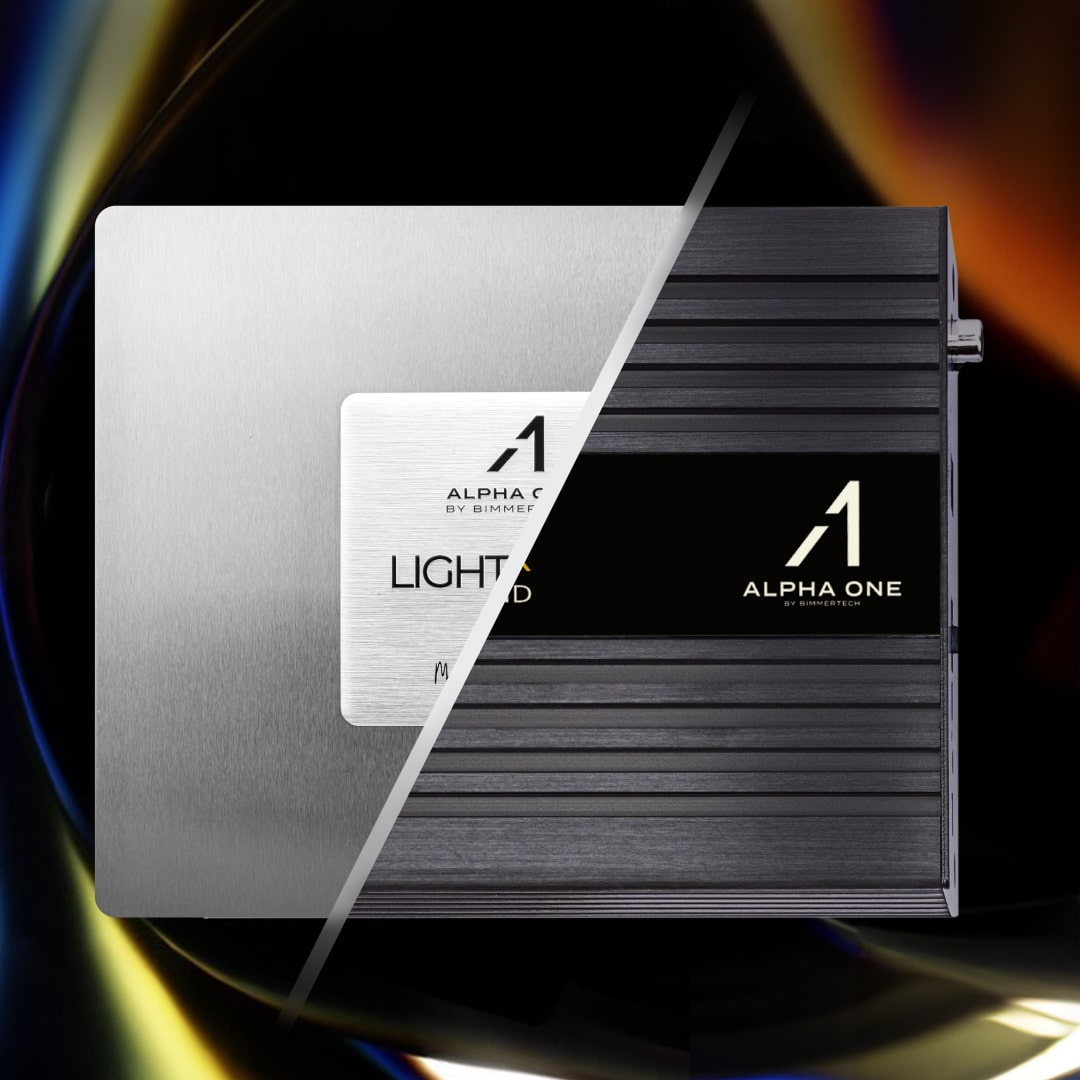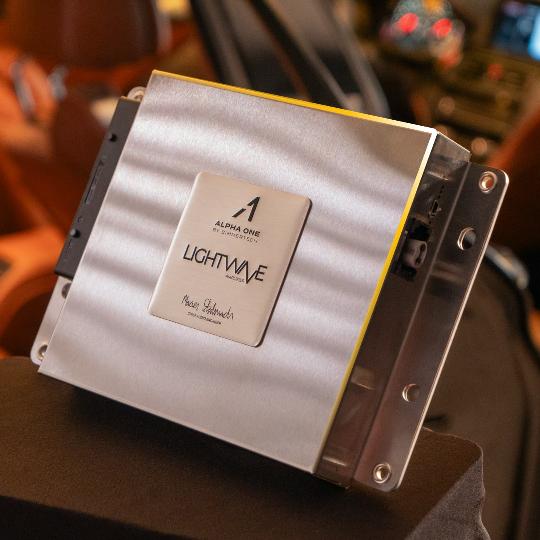[[post.title]]
Mar 12, 2024

| Summary in a nutshell: |
| When it comes to in-car audio systems, you have to be able to determine how potent your amplifiers or speakers are. This is why you might be wondering about RMS vs. peak power comparison. The RMS, or “Root Mean Square” is the maximum long-term power handling, while peak power determines the highest output amps or speakers can handle for a given time. The measurement method for the latter differs from one manufacturer to another. Apart from power, what’s also important for the quality of sound is the distortion – all of the above explained in detail in this article. |
If there’s one thing the carmakers are good at, it’s definitely confusing technical terms just for the sake of a good marketing outlook. This brings us to the RMS vs. peak power in BMW amplifiers debate.
If you’ve ever gotten deeper into the rabbit hole that is car audio, you might have heard the terms “RMS” and “peak power.” Wondering what they mean or what the difference between the two is? Well, although it’s not that hard to differentiate them, there is some confusion around these names. And manufacturers often list a power spec number without identifying if it’s peak power or RMS.
Join us today as we explain in detail what RMS and peak power mean, as well as how to calculate both of these values. We’ll also try to clear out any misconceptions regarding some of the audio technicalities, so make sure you don’t skip this read!

 Before we jump into further definitions, let’s decode the acronym at hand.
Before we jump into further definitions, let’s decode the acronym at hand.
The RMS abbreviation means “root mean square” and, simply put, refers to the mathematical way of finding the average of continuously varying signals, such as audio in this case. In the world of car audio, RMS and peak power are two values used to provide end-users with a way to gain a better understanding of how potent speakers or amplifiers are.
Now that we’ve established the basics, we should take an in-depth look at each of them.
The RMS power for the speaker is also called maximum long-term power handling. According to the ISO standard for testing speakers, there are three ways to measure the power.
All of the above tests are compliant with the international IEC standard.
That being said, speaker and amplifier manufacturers have different ways of providing the power figures. Sometimes they’ll use either of the above, some of them will include the numbers determined during nominal resilience testing in the datasheet, while others might simply communicate twice the RMS as the peak power for the sake of simplicity.
In terms of Alpha One BMW audio upgrades, we use the latter of the two methods. This means that our woofers’ or amplifiers’ spec sheet will show them being able to handle twice as much max power as the stated RMS figure.
However, if tested in a different way, the same speakers could also handle even 1000 W for 1 microsecond. But seeing as there are no such short power peak periods in real music, this figure would only be valuable for a marketing stats battle ;)
The answer to this question is not unambiguous.
Power is always measured on the resistive load because usually, the speaker cannot handle the full power of an amplifier. The lower the resistive load, the more power we can get from the amp. It can be simply calculated from Joule’s law.
As mentioned before, in the datasheets we are usually provided with the RMS power. Knowing that the peak power measurement method can vary, we can only estimate the peak power range. First, to establish the lowest range value you should use this formula:
Then, multiply the RMS watts by 2 and you’ll get the possible highest range value.

Well, not necessarily. While the higher power output means that music can be played louder, as you probably know, sound quality is a result of many factors different than volume. Sure, the RMS power output can be one of them, but every amplification system has its boundaries. These limits manifest in what is called Total Harmonic Distortion (THD for short).
The distortion audible in the system while playing the music is something that doesn't exist in the track recording itself. In the Power Spectrum, the distortions fluctuate between 0.05% and 10%, or sometimes even more. The nominal power is usually measured at 1% of distortion which is the recognition boundary for the human ear – more than 1% is becoming unpleasant to listen to.
In the maximum power output of the amplifier, there is still little more space to keep increasing the power but unfortunately, the distortions quickly increase. This area could be dangerous for speakers because unfiltered distortion could burn the mid woofers and tweeters.
Luckily, you don’t have to imagine the things we’re talking about. If you’d like to actually hear the difference between distortion levels, here’s a good video explanation:

 Okay, we covered the theory. But what does it mean in practice?
Okay, we covered the theory. But what does it mean in practice?
In our lineup, we currently have three amplifier models: UP8, UP10, and Lightwave. This translates to compatibility with over 97.4% of BMWs and MINIs equipped with a wide range of factory audio setups. What exactly can Alpha One Amps replace?
Alpha One UP8 and UP10 amplifiers have 8 and 10 outputs in total respectively. Out of these, 6 or 8 channels are rated for 65 W RMS or 130 W peak at 4 ohms. The remaining 2 channels, which can connect to an external subwoofer, are more powerful and rated for 160 W at 2 ohms, meaning that their peak power is 320 W (2 ohms).
Here’s a little table to help you keep track of all the numbers we’ve mentioned, on the basis of the Alpha One UP10 Amp.
| Output | RMS Power (watts) | Peak Power (watts) |
| A–H (8 ch.) | 65 W (4 ohms) | 130 W (4 ohms) |
| I–J (2 ch.) | 160 W (2 ohms) | 320 W (2 ohms) |
| Total | 840 W | 1680 W |
Talking about the Lightwave, the figures are higher due to the fact that it’s meant as a replacement for a more potent stock amplifier. In this instance, there are:
In total, the Lightwave boasts 2300 W of peak power output. One important thing to note is that it doesn’t mean that the Lightwave is better than UP10. They are designed as replacements for vastly different factory sound systems and cannot be used interchangeably. And, as we’ve already said, power isn’t the only characteristic that determines audio quality.
Regardless of which Alpha One amp you get, you can be 100% certain that you’ll be getting the best BMW amplifier upgrade for your car. Just don’t forget to decode your VIN prior to placing an order to ensure it’s a perfect match and see all the technical details.
If this article seems like too much information, make sure to check out our video explaining RMS vs. Peak Power in an even easier way:

 The answer might be slightly confusing, but it’s both and neither at the same time.
The answer might be slightly confusing, but it’s both and neither at the same time.
RMS vs peak power is just a mathematical correlation. Obviously, there is no limitation for choosing the output power – the more RMS or peak power, the smaller the risk of distorted sounds. The only potential hazard is burning the speakers if they can’t handle it.
At the same time, you also want to make sure the amplifier you want is well-made and backed by a company with a proven track record. This will definitely come in handy when installing the upgrade or if a need arises for a DSP tune more suited to your musical taste.
When choosing the right amplifier, it’s very important to pick the amplifier that is stable in low-impedance speakers, e.g., ones with 2 ohms. Low impedance translates to the amplifier’s stability in every speaker variant.
Interested in our amplifiers? Visit the Alpha One Amp page for more information.
Customer Reviews
Comments
Rate the product
This email is already registered.
Please Log In to continue.
Categories:
[[cat.label]] ([[cat.data.length]])Popular posts:
Newsletter
Customer Reviews
Comments
Rate the product
This email is already registered.
Please Log In to continue.
112-[[comment.name]]
[[comment.text|raw]]
BimmerTech
Newsletter
112-[[comment.name]]
[[comment.text|raw]]
BimmerTech